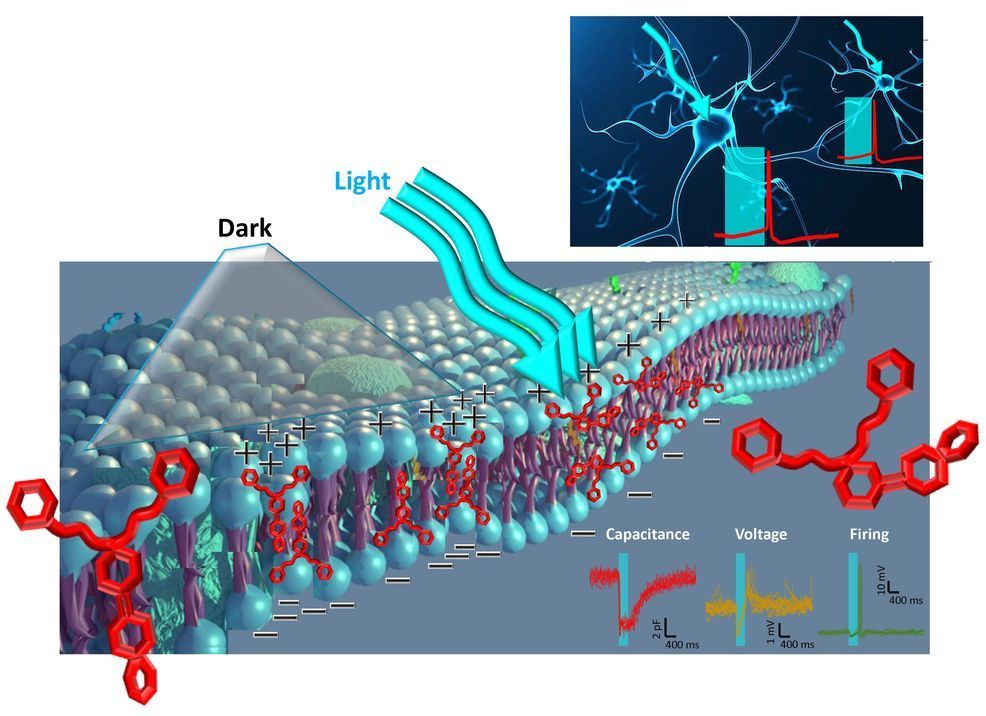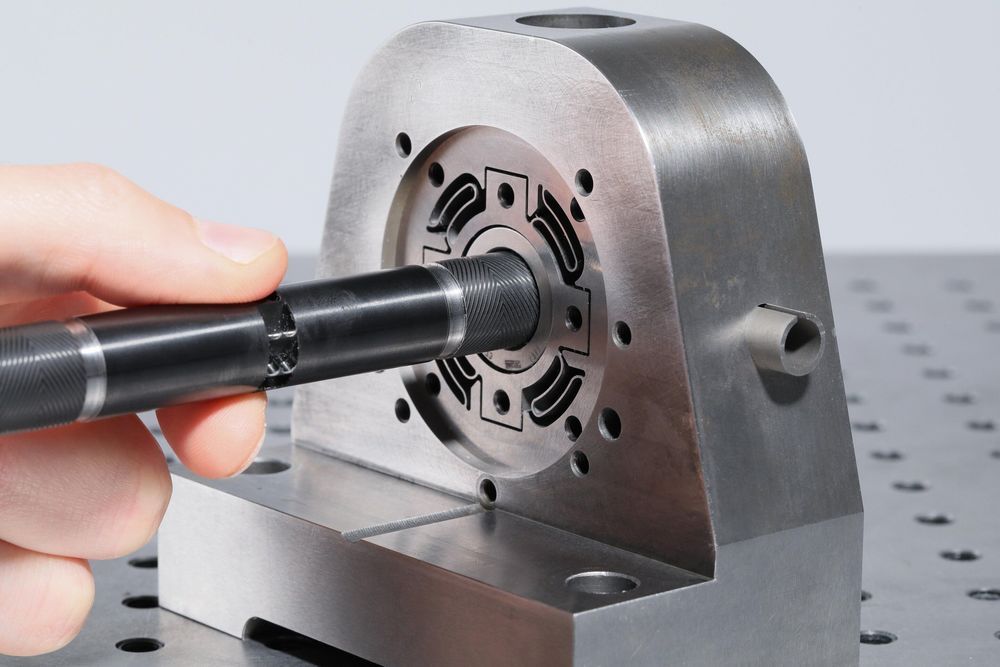Feb 23, 2020
The medicinal leech genome encodes 21 innexin genes: different combinations are expressed by identified central neurons
Posted by Quinn Sena in category: biotech/medical
Dev Genes Evol. 2012 Mar;222:29–44. doi: 10.1007/s00427-011‑0387-z. Epub 2012 Feb 23.
Gap junctional proteins are important components of signaling pathways required for the development and ongoing functions of all animal tissues, particularly the nervous system, where they function in the intracellular and extracellular exchange of small signaling factors and ions. In animals whose genomes have been sufficiently sequenced, large families of these proteins, connexins, pannexins, and innexins, have been found, with 25 innexins in the nematode Caenorhabditis elegans Starich et al. (Cell Commun Adhes 8: 311–314, 2001) and at least 37 connexins in the zebrafish Danio rerio Cruciani and Mikalsen (Biol Chem 388:253–264, 2009). Having recently sequenced the medicinal leech Hirudo verbana genome, we now report the presence of 21 innexin genes in this species, nine more than we had previously reported from the analysis of an EST-derived transcriptomic database Dykes and Macagno (Dev Genes Evol 216: 185–97, 2006); Macagno et al. (BMC Genomics 25:407, 2010).


















